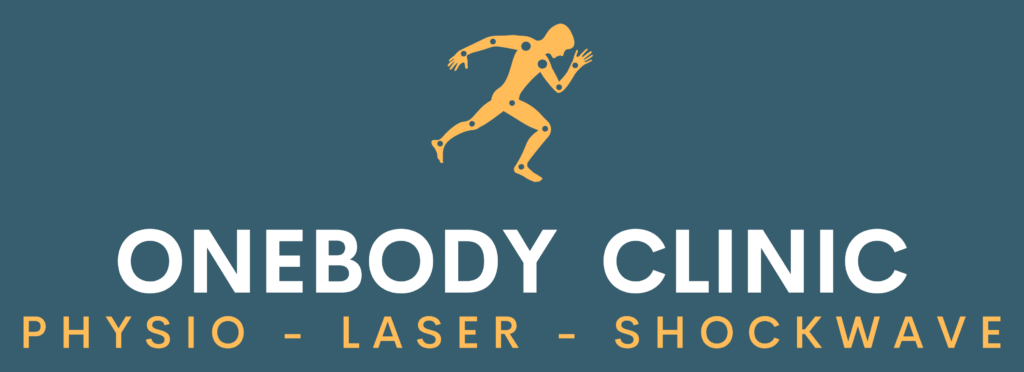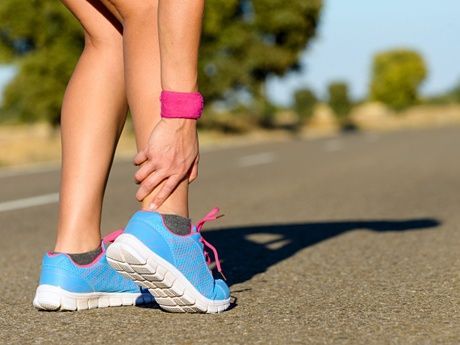Have you been told you have Tendonitis/Tendinitis . Don’t just jump into medication or injections , check out the research first. Here’s some
Achilles, Shoulder, Hip, Knee Tendon Pain – Do’s & Don’ts
Don’t – Do nothing
Contrary to popular belief, complete rest or inactivity can have a detrimental effect on healing.
Doing nothing decreases strength and function. It allows for the formation of scar tissue in an unstructured way. Initial treatment and rehab should be based on isometric (no joint moving ) loaded exercises , focusing on keeping fibres moving and minimising the formation of scar or pain receptor
Do – Ease back on training.
While continuing to move and keep the tendons under some resistance is critical to a faster recovery . Pushing through pain will only aggravate the issue and lead to chronic pain. Tendinopathy typically doesn’t get worse with the same level of (load) activity, but it doesn’t typically get better either, it just becomes chronic. Managing the work load as below is really important for recovery.
Don’t – Heavy deep Friction to tendons
The concept of ‘No Pain No Gain’ is rarely true in injury rehabilitation. Heavy cross fibre friction (heavily rubbing the tendon in an effort to increase blood supply) to a tendon will keep the area agitated and create pain pattern in tendon fibres. Getting the area to calm down and focusing on mobility in the joint is more beneficial.
Do – Keep a load on the area.
Moving to loading (weight bearing exercise or using weights) in a controlled manner as soon as tolerable has been shown to be the best approach to managing chronic or even short term tendon pathologies. Load and movement are the most important activities to regenerate collagen ( new tendon fibres) and help matrix proteins, ‘mechanotransduction’.
Don’t – Steroid injections
Steroid injections have been shown to have positive short term effects on pain , but have been proved to be no better than placebo injections and have long term negative effects. According to Dean et Al, 2014,‘Overall it is clear that the local administration of glucocorticoid has significant negative effects on tendon cells in vitro, including reduced cell viability, cell proliferation and collagen synthesis ( rebuilding new tissue).
Don’t – Stretch an aggravated Tendon
While stretching might feel good sometimes, stretching damaged tissue can lead to greater aggravation and slow the process of pain reduction and lead to further movement avoidance. Slow and heavy is the key to regeneration and pain reduction.
Do – Manage time to recovery
Moving slowly in a graded approach , can take as long as 2-3 months (dependant on grade of injury, level of rehab, age and weight of the patient). Working with a Physical Therapist will help manage exercise types that are right for you and assist in a graded approach.
Conclusion: There is very little positive evidence for medical steroid injection for tendon pain. Most of the research states that a structured exercise program is the most effective way to approach tendinopathy (Tendon pain). Exercise encourages collagen regeneration in a structured manner, while steroid injections may relieve pain short term, they have long term negative effects on reduced cell viability, cell proliferation and collagen synthesis, collagen disorganisation (scar tissue) and necrosis (cell death) as shown by in vivo studies.
For more information or support call us on 01-2140060 or email us on info@onebody.ie
Coombes BK, Bisset L, Vicenzino B. Management of Lateral Elbow Tendinopathy: One Size Does Not Fit All. J Orthop Sports Phys Therapy 2015;45(11):938-949
Rio, Kidgell, Lorimer et al. Tendon neuroplastic training: changing the way we think about tendon rehabilitation: a narrative review 2015
Steuri et AL. Effectiveness of conservative interventions including exercise, manual therapy and medical management in adults with shoulder impingement: a systematic review and meta-analysis of RCTs : BJSM Sep 2017
Rees, Stride , Scott. Tendons – time to revisit inflammation: 2012, bjsports 091957
Dean BJS, Lostis E, Oakley T et al. The risks and benefits of glucocorticoid treatment for tendinopathy: A systematic review of the effects of local glucocorticoid on tendon. Seminars in Arthritis and Rheumatism 2014;43:570–576

